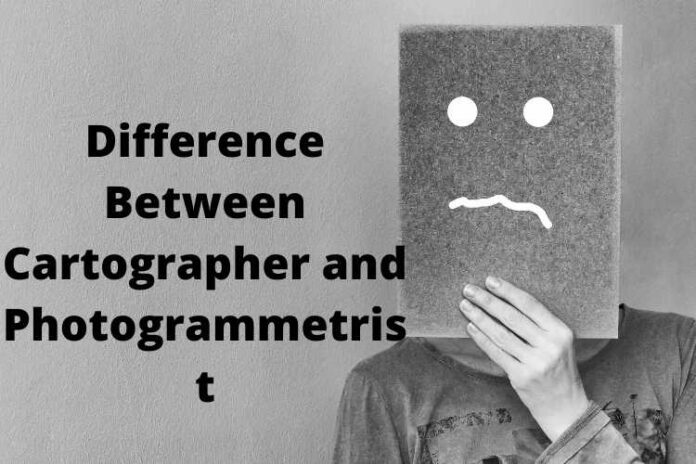You’ve probably heard phrases like cartographer, photogrammetrist, and even land surveyor. The majority of people mix all three jobs. Despite the fact that their positions are identical, they each have distinct work responsibilities. Surveyors, for example, take measurements to define the land, air, and water borders, among other things. Cartographers are responsible for collecting geographic, political, and cultural data in order to make maps. To produce detailed maps, photogrammetrists employ diverse elements such as photographs. In this article we are going to tell you the Difference Between Cartographer and Photogrammetrist. As you can see, their jobs are intertwined, even if they are distinct. Let’s look at the distinctions between a cartographer and a photogrammetrist in more detail.
Cartographers and photogrammetrists are both specialists that operate in the field of geography. Despite the fact that the jobs of professionals appear to be identical, there are several distinctions. Cartographers are those who specialize in the creation of geographic maps. Photogrammetrists are experts in mapping a wide range of geographic data.
What does it mean to be a cartographer?
A cartographer is a person who works with maps and creates them. Cartographers mix aesthetics, science, and other approaches to build on the notion that imagined or real-world may be correctly represented and transferred information.
RELATED – Difference Between Zoom And Dolly
Traditional cartography is founded on the following principles:
- Setting the map’s agenda and choosing characteristics like landmasses and political borders
- The topography of the mapped item is represented.
- Elimination of the mapped object’s features
- The complexity of the features set to be mapped is reduced.
- Assuring that the map’s parts are clear enough to communicate the intended message to the audience.
Traditional cartography has been supplanted by modern cartography. The practical and theoretical underpinnings of geographic information science and geographic information systems are included in modern cartography.
What does it mean to be a photogrammetrist?
A photogrammetrist is a person who records, interprets, and measures photographic patterns and pictures of phenomena such as electromagnetic radiant imaging to get accurate data about things and the environment. Photogrammetry is a branch of geography that deals with the representation of geometric characteristics in photographs. Photogrammetrists use pictures to assess, acquire, and map geographic data in order to map and measure the earth’s surface. They may watch the activities of airborne cameras, supervise ground and aerial surveys, and capture photos thanks to the mapping.
Photogrammetrists’ responsibilities include:
Satellite and airborne surveys planning.
Various sorts of data, such as distance and elevation, are collected and analyzed.
Creating foundation maps.
The Difference Between a Cartographer And a Photogrammetrist Is Summarized Here.
A cartographer is a person who creates and utilizes maps by integrating aesthetics, science, and other methodologies to create maps based on the idea that imagined reality or reality may be correctly represented and transferred information. A photogrammetrist, on the other hand, is a person who records, interprets, and measures photographic patterns and pictures of phenomena such as electromagnetic radiant imaging to acquire accurate data about things and the environment. Both conduct aerial surveys and map-making to help in regional and urban planning.
Geographic information experts are cartographers and photogrammetrists who utilize GIS technology to generate maps. GIS technology is generally used to digitally compile, integrate, analyze, and show geographical data. GIS technology is used to produce maps that integrate geographical visual elements with data. Environmental research, geology, engineering, land-use planning, and corporate marketing choices are all supported by these maps.


